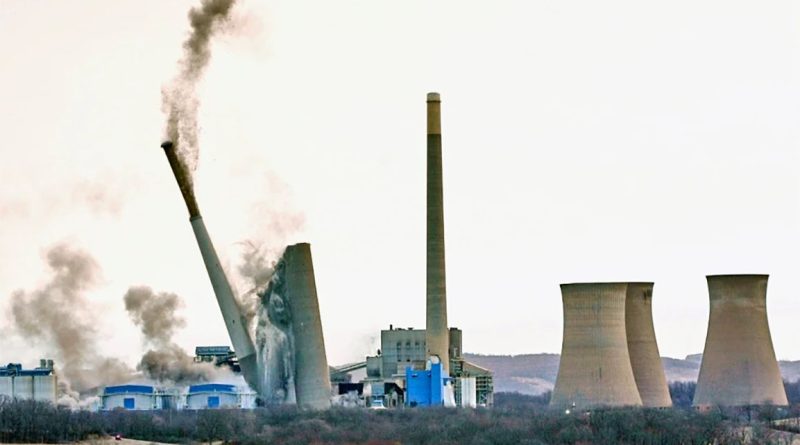AI Boom Revives Interest in Retired Coal-Fired Power Stations
Subscribe to our free newsletter today to keep up to date with the latest manufacturing news.
Artificial intelligence has shifted from experimental laboratories to every facet of modern industry, but its rise carries a hidden cost: an insatiable demand for electricity. With the energy needs of AI projected to grow further, technology companies are turning to a surprising solution: repurposing decommissioned coal-fired power plants. These facilities, once symbols of a carbon-heavy era, are now strategic assets capable of supporting the high-power requirements of the digital economy.
The energy appetite of artificial intelligence is reshaping the power landscape
Recent studies estimate that data centers currently consume about 1 to 2 percent of global electricity. With AI models such as ChatGPT and machine learning networks expanding rapidly, some projections suggest this figure could triple by 2030. Training a single large AI model can use as much energy as 100 US homes consume in a year. This rising demand has made proximity to robust grid connections critical.
Unlike traditional office spaces, AI facilities require reliable, high-capacity access to electricity 24 hours a day. As such, the dormant infrastructure of former coal plants, with their heavy-duty transmission lines and substations, offers an immediate, cost-effective solution. Building equivalent infrastructure from scratch would cost companies millions and delay developments by years.
Tech companies see strategic value in retired coal plants
Data centers are now one of the fastest-growing real estate categories for Big Tech. Major players like Amazon Web Services, Google, and Microsoft are investing heavily in sites previously occupied by coal facilities. Beyond robust electrical connections, these locations often come with sprawling campuses, pre-zoned industrial land, and community familiarity with large-scale operations.
One standout example includes a former coal plant in Ohio, where a new hyperscale data center is set to launch by 2026, injecting both jobs and economic activity into the region. Such investments breathe new life into areas left economically vulnerable by the decline of coal, offering a second act for these industrial sites.
Environmental implications highlight the need for sustainable transitions
Although repurposing coal plants can jump-start data center development, it presents significant environmental challenges. Critics argue that unless these centers pivot firmly toward renewable energy, the reliance on aging grid connections may perpetuate fossil-fuel dependency.
To mitigate this risk, tech companies are increasingly bundling these projects with renewable commitments. For example, Google’s latest initiative includes powering a new data center entirely with solar and wind energy by 2028. Governments and environmental advocates are pushing for stricter regulations to ensure that repurposing efforts align with national and global decarbonization goals.
Community revitalization offers economic promise alongside technological progress
Transforming coal sites into AI hubs is more than a story of grid logistics and environmental caution; it is also a story of renewal. In regions historically dependent on coal mining and energy production, these projects represent a rare infusion of capital and optimism.
New data centers can create hundreds of construction jobs and dozens of permanent operational roles. Moreover, local governments often benefit from enhanced tax bases and improved utilities infrastructure. For communities facing decades of economic uncertainty, these projects could signal a path toward a more diversified and resilient future.
The convergence of AI and retired coal infrastructure exemplifies the complex realities of the energy transition: the urgent need for innovation, the burden of environmental stewardship, and the profound impact on communities seeking new identities in a changing world.
Sources:
- Associated Press News
- ABC News
